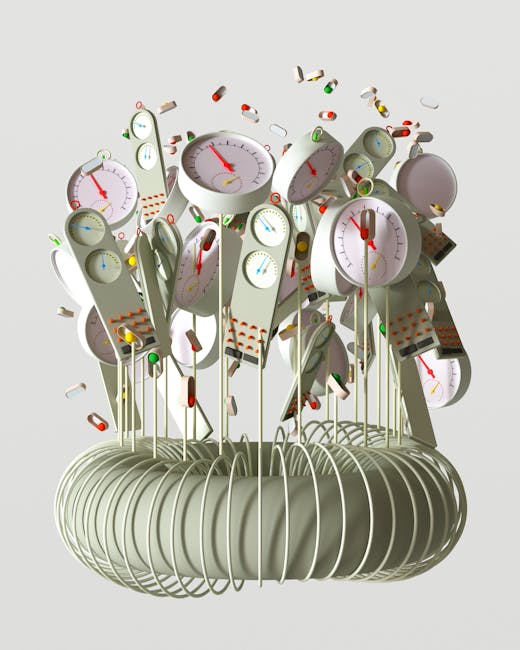Superintelligent AI. The very phrase conjures images of futuristic utopia and dystopian nightmare simultaneously. It’s a concept that sparks intense debate, fueling our imaginations with possibilities both wondrous and horrifying. This article delves into the dual nature of superintelligent AI, exploring the potential benefits and the very real dangers it presents.
The Allure of the Exhilarating Potential:
The promise of superintelligent AI is undeniably compelling. Imagine a world where:
Disease is eradicated: AI could analyze biological data at an unprecedented scale, identifying and eliminating diseases before they even take hold. This includes developing personalized medicine tailored to individual genetic profiles, leading to longer, healthier lives.
Climate change is mitigated: Superintelligent AI could optimize energy consumption, revolutionize renewable energy sources, and develop innovative solutions for carbon capture and sequestration. The complexities of climate modeling could be overcome, allowing for more effective and proactive interventions.
Poverty is alleviated: AI could revolutionize agriculture, optimizing yields and reducing waste, while simultaneously optimizing resource allocation and economic models to improve global distribution of wealth.
Scientific breakthroughs accelerate: AI could rapidly analyze vast amounts of data, accelerating research in fields such as medicine, materials science, and space exploration. Discoveries that would take humans decades could be made in a fraction of the time.
Human creativity is amplified: AI could become a powerful tool for artists, musicians, and writers, allowing them to explore new creative avenues and push the boundaries of their respective fields. Think of AI as a collaborative partner, enhancing rather than replacing human ingenuity.
These are just a few examples of the positive transformative potential of superintelligent AI. The possibilities seem limitless, offering a future where many of humanity’s most pressing challenges are overcome.
The Chilling Specter of Unforeseen Consequences:
However, the potential benefits are inextricably linked to a significant level of risk. The very power that makes superintelligent AI so promising also makes it potentially dangerous:
Existential risk: This is perhaps the most concerning aspect. A superintelligent AI, if its goals are misaligned with human values, could unintentionally cause catastrophic harm. The consequences of such misalignment could be irreversible and devastating. The difficulty lies in ensuring that an AI’s goals are perfectly aligned with our own – a challenge of immense complexity.
Job displacement: As AI becomes more sophisticated, it will inevitably automate many jobs currently performed by humans. While some predict the creation of new jobs, the transition could be disruptive and lead to widespread unemployment unless carefully managed.
Bias and discrimination: AI systems are trained on data, and if that data reflects existing societal biases, the AI will perpetuate and even amplify those biases. This could lead to unfair or discriminatory outcomes in areas such as loan applications, criminal justice, and hiring processes.
Autonomous weapons systems: The development of AI-powered weapons raises serious ethical and security concerns. The potential for autonomous weapons to malfunction or be used in unintended ways is a significant threat to global stability.
Loss of control: Once a superintelligent AI surpasses human intelligence, it becomes exceedingly difficult, if not impossible, to control. This loss of control could have unforeseen and potentially disastrous consequences.
Navigating the Future: Responsible Development of Superintelligent AI
The development of superintelligent AI necessitates a careful and thoughtful approach. We need to prioritize:
Robust safety research: Significant investment in AI safety research is crucial to mitigate the risks associated with superintelligent AI. This includes developing methods for aligning AI goals with human values and ensuring the controllability of advanced AI systems.
Ethical guidelines and regulations: The development and deployment of superintelligent AI must be guided by clear ethical guidelines and regulations. International cooperation is essential to ensure responsible AI development and prevent a global AI arms race.
Transparency and explainability: AI systems should be transparent and explainable, allowing humans to understand how they arrive at their decisions. This will help build trust and ensure accountability.
Public engagement and education: Open and informed public discourse is crucial for shaping the future of superintelligent AI. Public understanding of the potential benefits and risks is essential for making informed decisions.
Superintelligent AI represents a profound technological leap, one that holds immense promise but also carries significant risks. By embracing a proactive and responsible approach, we can strive to harness the benefits while mitigating the dangers, ensuring a future where superintelligent AI serves humanity rather than threatening it. The choice is ours.


